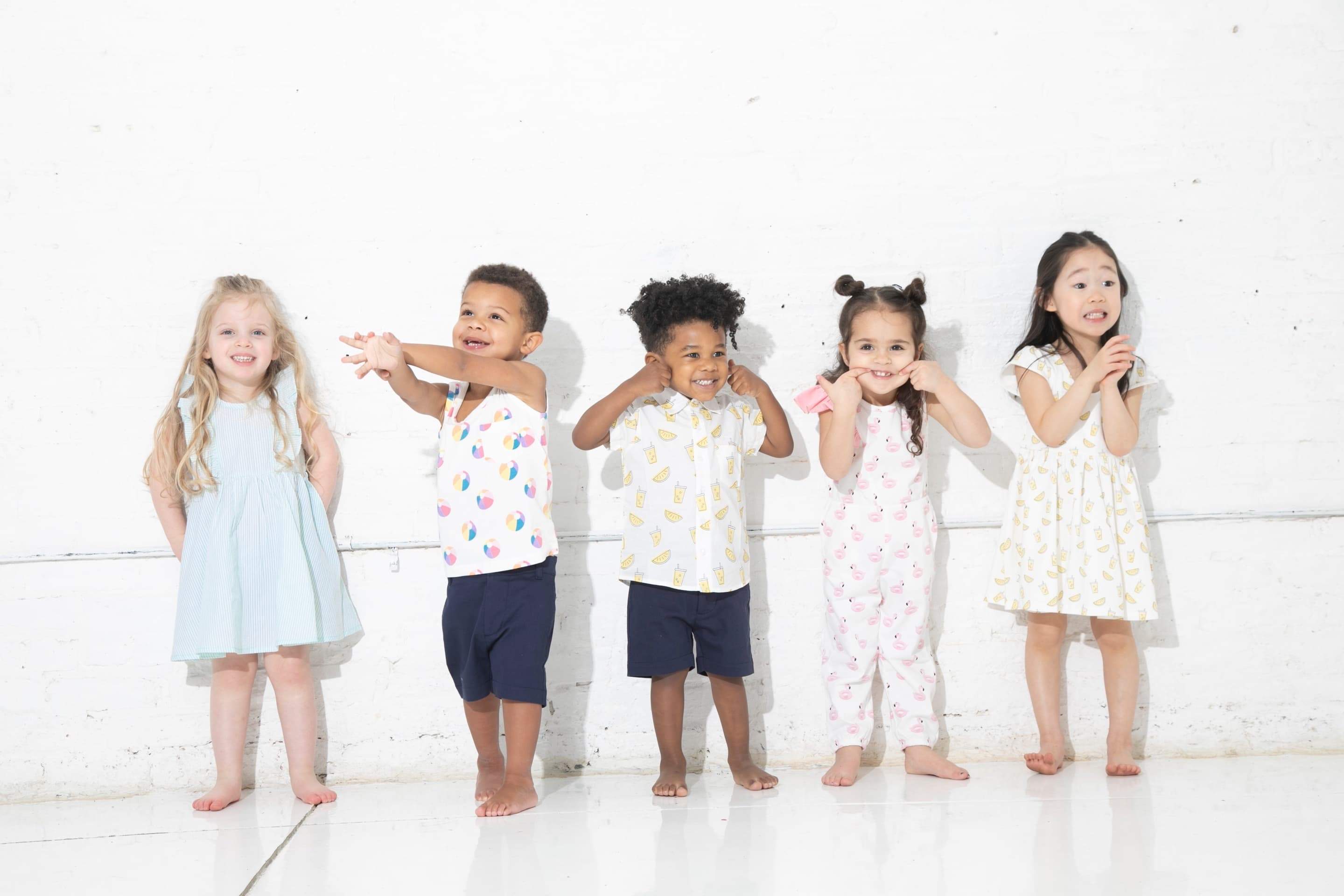What Every Expecting Parent Should Know About Sleep Training

You’ve probably heard about those naturally great sleepers—the baby who snoozes through the night at six weeks, or the six-month-old who exclusively takes two-hour naps. But for a good majority of parents, getting baby to sleep well takes work. (Sometimes, hours of it—at 3 a.m.) And that’s where sleep training comes into play: it’s the process of teaching baby to self-soothe, so he or she can fall asleep on their own, minus the song and dance (ie: 45 minutes of rocking and sneaking quietly out the door) from Mom or Dad. While any healthy babe of a certain age can safely sleep train (and good sleep habits start from day one, expecting mamas!) it’s not for every family, and rarely a one-size-fits-all process, says sleep consultant Morgan Griffith of Sleep Pea Consulting in Charlotte, NC. Here’s what you need to know about sleep, how to decide if sleep training is right for you and your little.
Is Baby Ready?
“If your baby is around three to four months, or around 12-14 pounds, and is not sleeping well, it’s a good time to start because they’re developmentally ready to self-soothe and don’t need to be fed in the middle of the night,” says Payal Adhikari, MD, a pediatrician with Child & Adolescent Health Associates in Chicago. (That said, it’s never too late to start sleep training. Some babies will need a refresher course as they get older, or when a change in their routine, say from travel or being sick, brings back old bad habits.)
Picking an Approach
There are loads of methods for sleep training—choosing one you can stick with is what’s most important. “Some parents say ‘let’s let this kid cry it out for three hours’, others say ‘no that will break my heart.’ Different methods can be effective as long as you’re super consistent and don’t confuse the child by slipping back and forth between them,” says Dr. Adhikari. Babies thrive on predictability—sending mixed messages each night can add stress, says Griffith. You’ll want to commit to one method and give it at least a week to notice a change in baby’s sleep patterns.
Getting it Done Fast
“Crying it out, or the ‘extinction method’ is the best way to sleep train if you want to rip the Band-Aid off,” says Dr. Adhikari. (Some parents put baby in the crib and close the door until morning—others will let baby wail for 30 minutes to an hour before checking in or giving baby a quick comforting hug before putting him down again.) Crying isn’t dangerous for the baby, says Dr. Adhikari—just uncomfortable to listen to. (And now that we’ve got video monitors, you can relax knowing baby’s safe in there.) If you’ve got the guts to let your baby work through a few rough nights, sleep training can work in as little as a few days using a cry-it-out method. And that means everyone gets more sleep, sooner.
‘Gentler’ Methods
Some parents have an easier time sticking with modified cry-it-out approaches like the Ferber Method, where you don’t pick up baby when he’s fussing but check in with a quick pat at regular, but increasingly longer, intervals. (So you’d first check in after three minutes of crying, then five minutes, then ten minutes, and so on.) Other parents opt for ‘no tears’ sleep training methods like ‘fading,’ where you gradually do less of the work to help put baby to sleep over time. (So if you usually rock her to sleep for 30 minutes, the next night you’d only rock for 25 minutes, then 20, and so on until she picks up some of the slack on her own.) For those with stellar patience, there’s the “pick up, put down” method (aka: picking up baby when he fusses, putting him back down in his crib when he calms down, and repeating the cycle until he’s asleep.) One warning: “For parents firmly rooted in the 'no cry zone', sleep training is likely to take longer,' says Griffith. (Some tears are usually involved regardless—‘no cry’ means you just respond to them faster.)
Not up for sleep training? That’s totally ok, too.
Here’s the good news: all kids learn to sleep eventually. “You don’t hear about the five-year-old who wakes up in the middle of the night needing to eat,” says Dr. Adhikari. So if you’re not ready or comfortable with sleep training and would rather let your little set his or her own course, that’s perfectly fine. There’s still plenty you can do to help your baby snooze well: Making sure she takes in enough calories during the day will help her stay satiated overnight, and establishing a predictable bedtime routine (like bath, book, bottle, bed) helps prepare baby for what’s next: sleep! Paying attention to sleepy cues (the classic eye rub, or staring off into space) is key to helping get your little down successfully. And finally, remembering to put baby in the crib when she's drowsy—but not fully zonked out—can help her learn the art of self-soothing over time, too.













